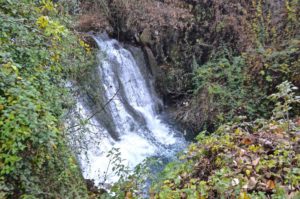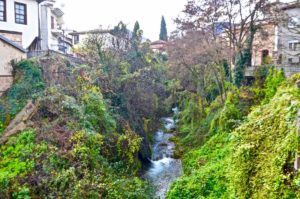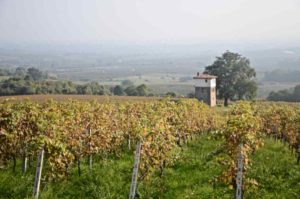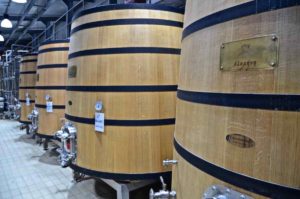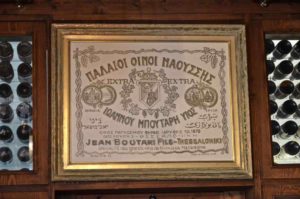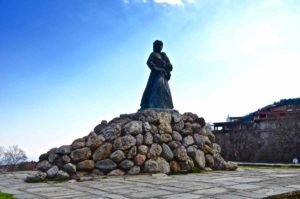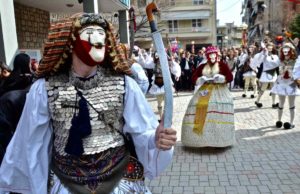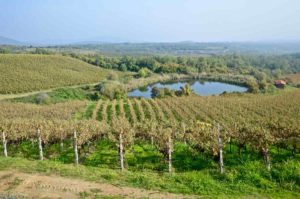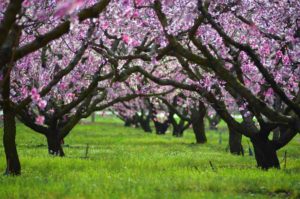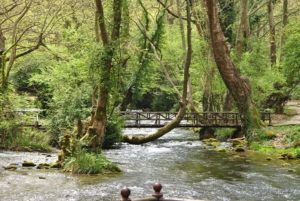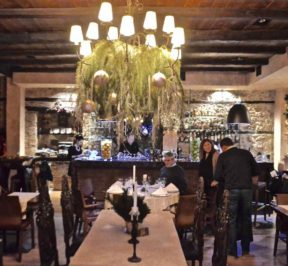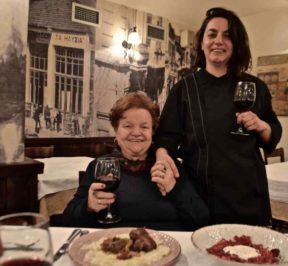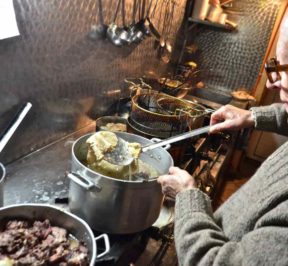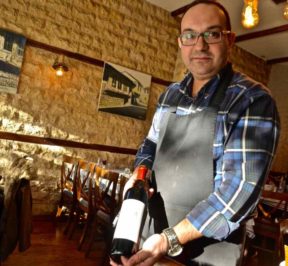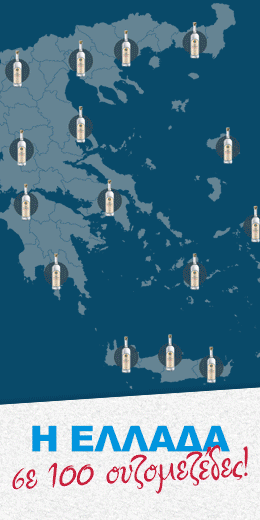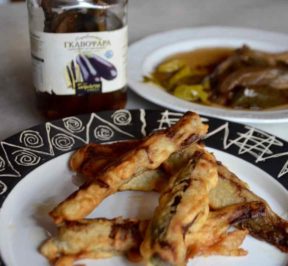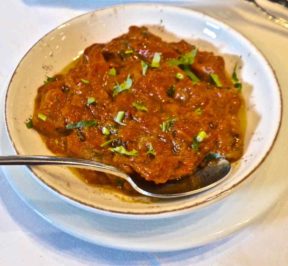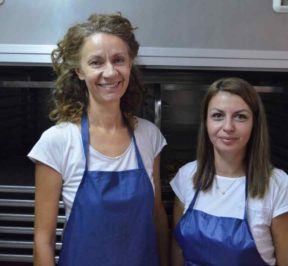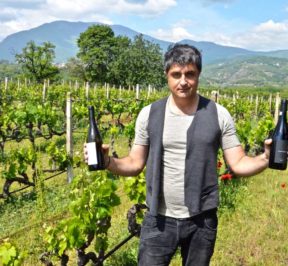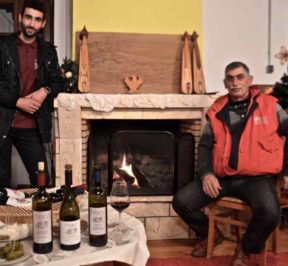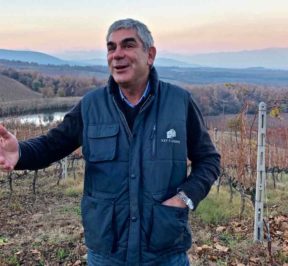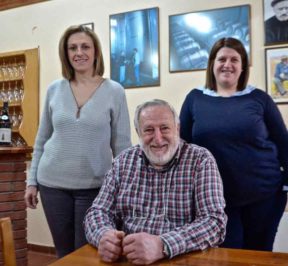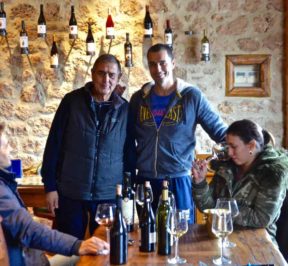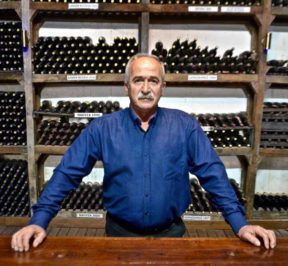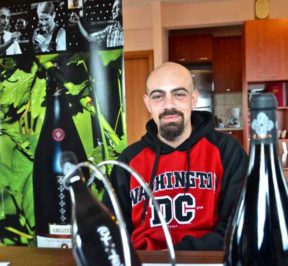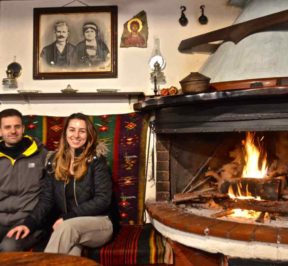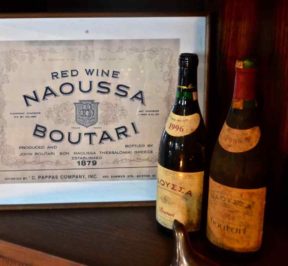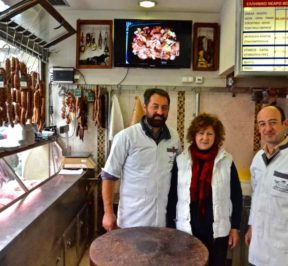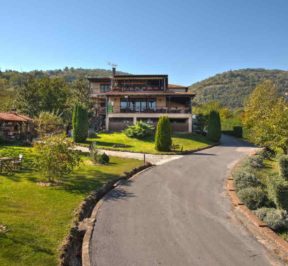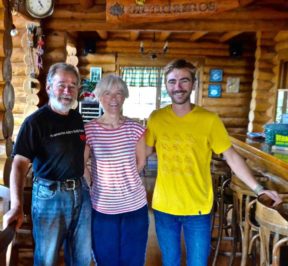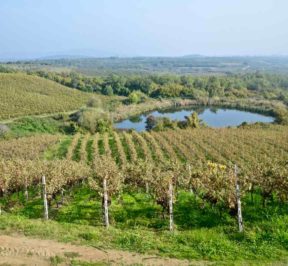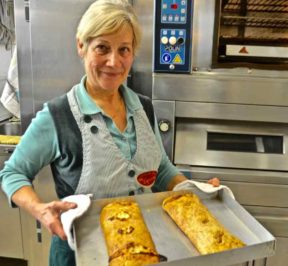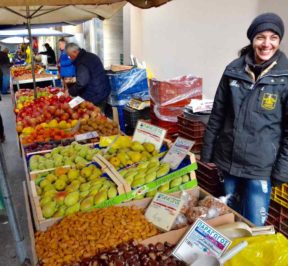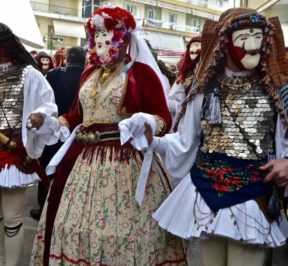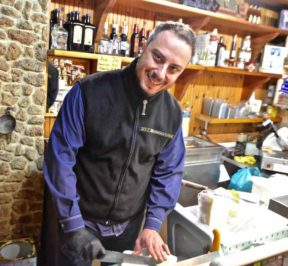Place – History of Naoussa
Η Naoussa it is located at an altitude of 300 m. in the foothills of eastern Vermion, in a natural embrace and dominates the entire fertile plain of Imathia, which extends to Thessaloniki.
Naoussa is a relatively new city with a life of 6 centuries, but at its feet is the archaeological site of Mieza which had already been identified since the 19th century by the French explorer Delacoulonche and became the subject of systematic research after 1950, when the settlements were identified by the late Bronze Age, the Iron Age, the classical, but mainly the Hellenistic era, which is also the most important in terms of surviving monuments (end of the 4th century - 168 BC). Among the many scattered archaeological findings in the area, the most important are the unique large Macedonian tombs, the School of Aristotle in Nymphaeum of Mieza, the place where the greatest philosopher of Antiquity Aristotle taught Alexander the Great and gave him the supplies to conquer and change history of the ancient world, and finally, the ancient theater of the city which is being excavated by the archaeological service.
In contrast to neighboring Veria and Edessa, which have a continuous presence in the area, in the area of Naoussa there is a significant time gap and the re-inhabitation of today's Naoussa dates back to shortly before the Fall of Constantinople (1453).
Key to development of Naoussa was her place and her river, the Arapitsa, not only as an element of natural beauty but also as a wealth-producing force, because its abundant waters used to drive watermills that ground wheat, corn, sesame and washed wool, fabrics and carpets, but also later were the driving force for workshops and factories of the textile industry.
In 1822, Naoussa rises up in the Greek Revolution and pays with its blood for participation, when the city is finally captured after a siege and the Turks massacre fighters, civilians and loot property. Some women prefer to die by falling with their children into the waters of the Arapitsa waterfall, thus creating with their sacrifice the highest message of the struggle for freedom.
- Naoussa Wineries
- Wines of Naoussa
- Plums of Naoussa
In the middle of the 19th century, the first water-powered factory is created, the largest in the Balkans, and since then other textile factories have followed, so that at the end of the 19th century 5.000 workers were working in them and Naoussa was considered the "little Manchester of the Balkans".
The Union with Greece (1912) and later the reception of thousands of refugees from Asia Minor (1922) and the tariffing of imported textile products created a new impetus and Naoussa by 1975 was one of the most prosperous cities in Greece. At the end of the 20th century, the markets were liberalized and one by one the factories closed down, with the deserted old stone factories, but also the modern ones, reminding of the city's glorious past.
- The sacrifice of the women of Naoussa in 1822 in Arapitsa
- Bubbles
- Vineyard of Naoussa
The city of Naoussa at the beginning of the 21st century is once again trying to find its pace, raise its head and take the lead again.
Its weapons, the beautiful city, with its sights: The park of Naoussa with the orgy of nature, the lake with swans, ducks and fish, the flower beds and the imposing view of the plain of Imathia, the clock tower and the high arch in the City Hall. The Bubbles, one of the most important events of the Greek Halloween, is a part of the life of the people of Naoussa and at the same time attracts thousands of visitors.
The young people of Naoussa, the society and the local government have realized that the new development course of the city must be based on its cultural heritage, in the agri-food sector and especially in peaches and vineyard - Naoussa is an international city of wine and vine -, in its culinary tradition and in alternative tourism.
PLACE & HISTORY - TRADITIONAL KITCHEN
PRODUCTS - DISHES
PRODUCERS - WINERY


